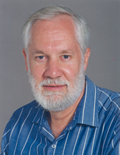
[pdf] [print version (pdf)]

 |
Though gravity is the only force most of us
experience in our daily life, it is by far the weakest of the four
fundamental forces identified in nature. In spite of its name, the
"weak force" is actually much stronger than gravity and is the most
extraordinary force of them all. It is the only force that does not
merely act between a pair of participants; it actually changes the
identity of those participants and is thus responsible for the most
common types of radioactive decay. It is also the only force that does
not form a true image when reflected in a mirror. This is a force that
dances to a different tune than all the others. "Just how different is
it?" is a question that many physicists are now asking. [pdf] [print version (pdf)] |
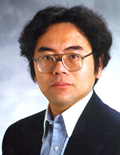 |
Various astronomical measurements reveal a very mysterious form in the universe, called dark matter. The word "dark" is because we cannot see it by any telescopes. But its existence can be inferred from gravitational effects. Modern theories of particle physics attempt to describe the universe and predict a new particle for this matter. The dark matter particles (or dark particles in this lecture) have not yet been detected experimentally. In 2008, the world's most powerful proton accelerator, the Large Hadron Collider (LHC), will operate and provide millions of millions of proton-proton (pp) collisions. So then, such dark particles could be created in the collisions. As one of many dark particle hunters, I will relate phenomena at a gigantic scale in the universe to the pp collisions at a very small scale (much smaller than a hydrogen atom); and explain how possibly one can measure the mass of the dark particle at the LHC. This will be the beginning of a long journey to understand the dark matter. [print version (pdf)] |
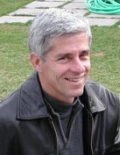 |
Double stars are very common in the universe, and a very common end state for a star (such as the Sun) is to become a white dwarf star. If a double star consists of a white dwarf and a nearby star that is much larger, then gas can flow from the larger star onto the white dwarf, eventually causing it to explode with the energy of several billion Suns. These "white dwarf supernovae" are like light bulbs of known brightness, only they are so bright that we can see them halfway across the observeable universe. We can use them to determine distances to the galaxies where they exploded. This has allowed us to discover that the universe is expanding and also accelerating in its expansion. The universe does not have enough gravitational energy to put the brakes on this acceleration, so it looks like the universe will expand forever. [ppt] [print version (pdf)] |
 |
Although the world we live in is varied and complex, it is actually made up of only a limited number of chemical elements. We know today that only 90 such elements exist naturally on Earth. The origin of these elements is a longstanding scientific problem that requires close collaboration between nuclear and astro-physicists. In this lecture, we address questions like: Why does gold cost so much more than iron? or, more profoundly: Where do the chemical building blocks of humankind come from? To investigate such questions, two possible scenarios responsible for the origin of the chemical elements (the Big Bang and nucleosynthesis within stars) are discussed. We shall find out that the stars are fascinating "cooking pots" of the Universe, and, concerning our origin, we are made of stardust! The iron in our blood, the calcium in our bones, etc., were all forged in stars. [ppt] [print version (pdf)] |
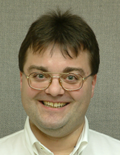 |
According to the known laws of physics, Neutron Stars are the densest objects in the universe besides Black Holes. They have a mass of about 1.4 to 2 times the mass of our sun but a radius of only ~10 miles. The corresponding densities are therefore expected to exceed those at the center of heavy atomic nuclei (around 300000000000000000 kg/m^3, that is, almost 15 orders of magnitude larger than water!). In this lecture we discuss the physical models which describe the formation of a neutron star, the exotic forms of matter contained in neutron stars and how we can check these models by astronomical observations. [pdf] [print version (pdf)] |
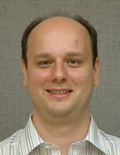 |
The proton, and its unstable cousin, the neutron, are elementary particles which are of fundamental importance in our universe. They are responsible for the fact that we find 92 different chemical elements in nature, from hydrogen to uranium, and 99.9% of the mass of any object you weigh in your hand comes from the protons and neutrons inside. More than 30 years ago it was discovered that they are not 'elementary' at all, but made from smaller constituents called quarks and gluons. This lecture invites you to come on a journey inside a proton and to look over the shoulder of scientists trying to unravel its structure. [ppt] [print version (pdf)] |
 |
In this concluding event, we will give a comprehensive review of the previous six lectures with special attention to the common thread running through the presentations. We will award the final certificates and give an outlook/have a discussion on college/career paths in physics. [ppt] [print version (pdf)] |
Last updated: Mar/28/08
Hendrik van Hees